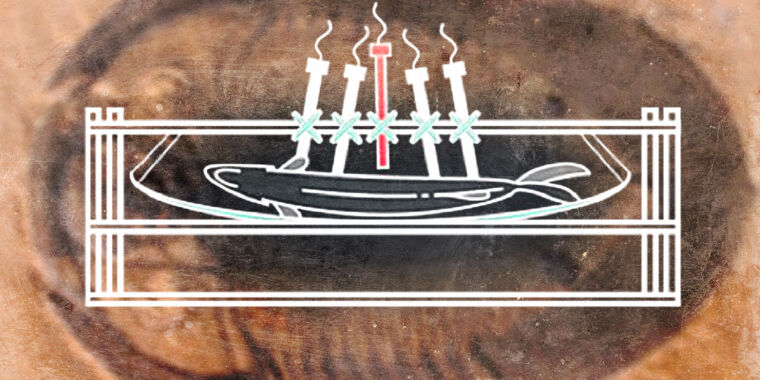
"Scientists have been studying calcium phosphate for decades trying to understand how this process happens—but one question we just don’t understand is why some internal organs seem more likely to be preserved than others.".
Specifically, muscles, stomachs, and intestines tend to "phosphatize" much more frequently than other organs, like kidneys and gonads.The first is that different organs decay at different rates, and the pH of certain organs will fall below the critical threshold of 6.4.
As these organs decay, they create a distinct pH microenvironment that increases the likelihood of those organs being fossilized.
Next, they inserted pH probes into various locations on each of the six sea bass carcasses to target specific organs: stomach, liver, intestines, and epaxial muscle.